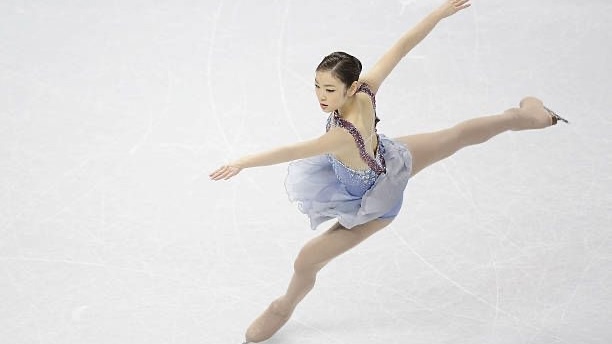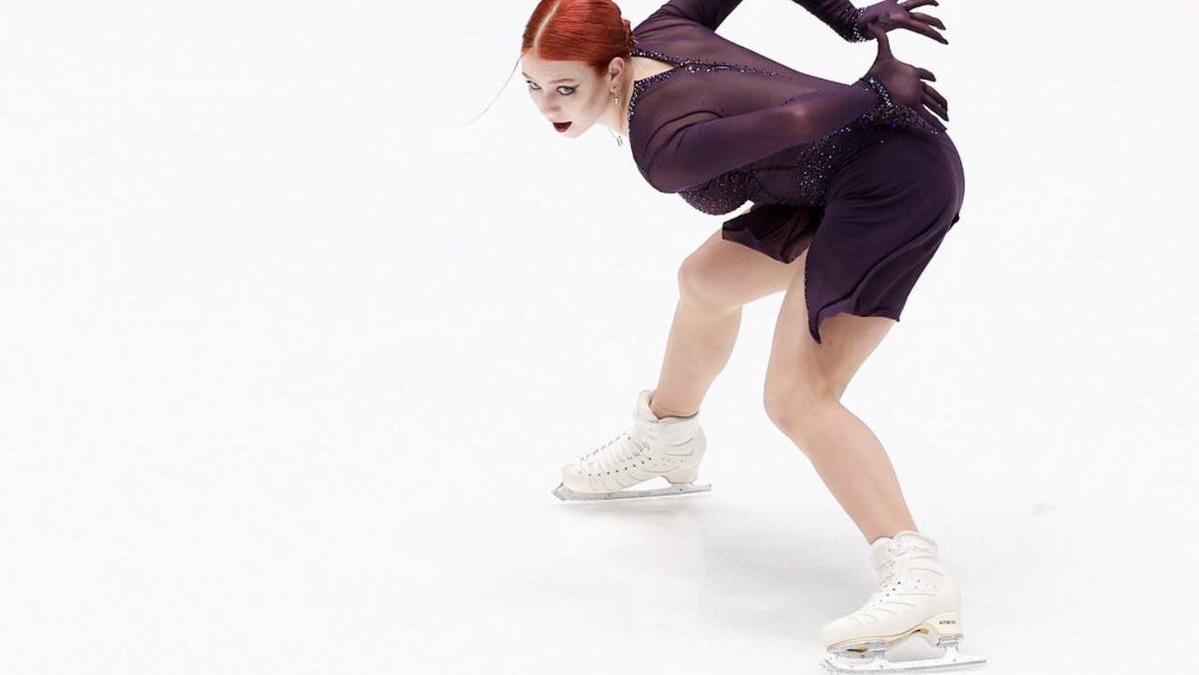January 15, 2025
Alexandra Trusova Expecting a Child
May 19, 2025

Loop and toe loop jumps are foundational elements in figure skating, each requiring distinct techniques, body mechanics, and preparation. Understanding their differences is crucial for skaters aiming to master jumps, refine artistry, and boost competitive scores. A 2019 Journal of Sports Sciences study highlights that precise jump execution improves technical scores by 10%, underscoring the importance of technique. This article breaks down the technical distinctions, entry methods, and common challenges of loop and toe loop jumps, offering practical tips to help skaters execute them with confidence, drawing on insights from skating principles and elite performances.
The loop jump is an edge jump, meaning it takes off directly from the blade’s edge without toe assistance. It is typically performed from a backward outside edge, with the skater launching into the air while rotating in the direction of the takeoff edge (counterclockwise for right-footed skaters). The free leg swings backward to generate momentum, and the landing is on the same backward outside edge of the takeoff foot. A 2020 Journal of Strength and Conditioning Researchstudy notes that edge jumps like the loop rely heavily on core strength, contributing 15% more to rotational control than toe jumps.
The toe loop is a toe-assisted jump, using the toe pick of the free foot to propel the skater into the air. It also takes off from a backward outside edge, but the skater digs the toe pick of the opposite foot into the ice to vault upward, rotating in the same direction as the takeoff edge. The landing is on the backward outside edge of the takeoff foot, similar to the loop. A 2019 Journal of Sports Medicine study found that toe-assisted jumps generate 12% more height than edge jumps, aiding multi-revolution jumps.
Key Distinction: The loop relies solely on edge momentum and body rotation, while the toe loop uses the toe pick for additional lift, making it feel more dynamic but requiring precise foot coordination.
Skaters typically enter a loop jump from a backward outside edge, often after a forward glide or crossover sequence. The setup involves a deep knee bend and a controlled backward glide, with the free leg extended behind to build momentum. The upper body twists slightly to initiate rotation, and the takeoff requires a strong push from the skating leg’s edge. Elite skaters like Yuna Kim emphasized loop jumps for their elegance, as seen in her 2010 Olympic performances, where clean edge takeoffs earned high technical scores.
Toe loop entries often follow a similar backward outside edge setup, but the skater prepares to engage the toe pick of the free foot. The entry may include a forward glide, crossovers, or a mohawk turn, with the skater shifting weight to the skating foot while positioning the free foot for the toe pick tap. Nathan Chen’s quad toe loops, showcased in his 2022 Olympic programs, highlight the explosive height from toe assistance, boosting both technical and artistic impact.
Key Distinction: Loop entries focus on edge flow and body alignment, while toe loop entries require precise timing to integrate the toe pick, adding complexity to the takeoff.
Key Insight: Loop jumps demand edge precision and core strength, while toe loops require toe pick coordination and timing, each posing unique technical hurdles.
Loop and toe loop jumps, while sharing a backward outside edge landing, differ significantly in takeoff mechanics—edge-driven for loops, toe-assisted for toe loops—offering skaters distinct challenges and artistic opportunities. Mastering these jumps requires dedicated practice, with 3–4 weekly sessions focusing on edge control, timing, and core strength. Backed by science, these efforts enhance technical precision and competitive scores. Skaters, embrace the unique demands of each jump, refine your technique with coaches, and practice consistently. As Yuna Kim and Nathan Chen demonstrate, precision in loops and toe loops can elevate performances to Olympic heights. Skate smart, jump confidently, and soar.
By Vitalina Andrushchenko, Staff Writer

January 15, 2025
Alexandra Trusova Expecting a Child

April 05, 2025
Alexandra Trusova and Makar Ignatov Reveal the Gender of Their Future Child

December 26, 2024
2025 World Junior Championship Schedule